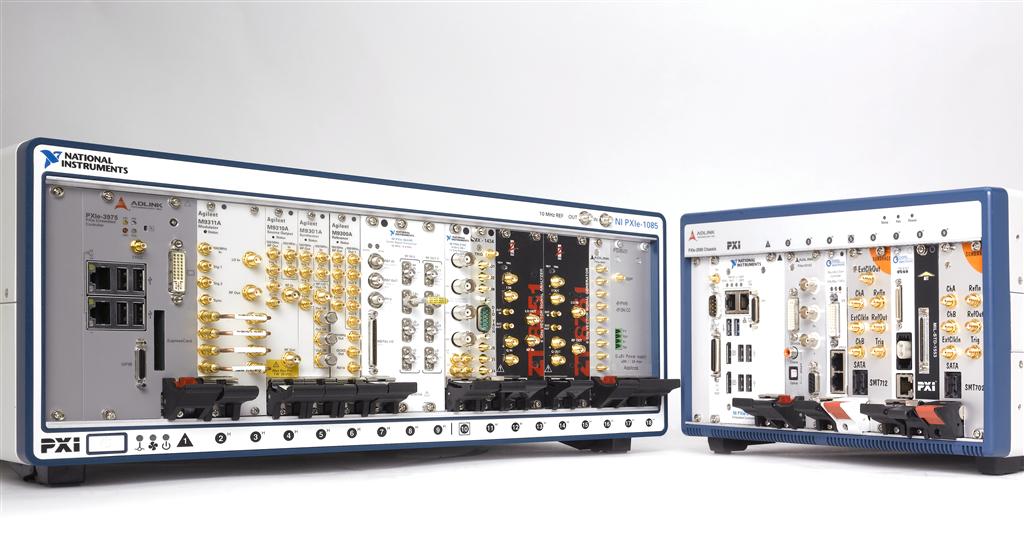Description
The National Instruments cRIO-FRC CompactRIO Chassis is designed to provide robust connectivity options with a CAT-5 or superior protected, bent pair Ethernet link, allowing for easy integration into a system via an Ethernet hub or Ethernet crossover cable to connect to a PC. It requires an external power supply, which it effectively channels and controls to supply power to the I/O modules. The chassis is engineered with one layer of surge voltage protection for added safety and reliability. Upon startup, the Power and Status LEDs perform a Power-on Self Test (POST) to ensure proper functionality. The system is capable of running embedded stand-alone LabVIEW RT applications, which are supported by the device’s software capabilities. Additionally, it provides a serial port that can be used to connect to various devices, such as displays or input devices, thus enhancing its versatility in different applications.
| Specification | Detail |
|---|---|
| Product Name | National Instruments cRIO-FRC CompactRIO Chassis |
| Connectivity | CAT-5 or superior protected, bent pair Ethernet link |
| Connection to PC | Ethernet hub or Ethernet crossover cable |
| Power Supply | Requires external power supply |
| Power Control | Channels and controls supplied power, provides power to I/O modules |
| Protection | One layer of surge voltage protection |
| Power-on Self Test | Power and Status LEDs indicate POST status |
| Software | Supports embedded stand-alone LabVIEW RT applications |
| Serial Port | Available for connection to devices such as displays or input devices |
Q1: What type of Ethernet link does the National Instruments cRIO-FRC CompactRIO Chassis require for connectivity, and how does it ensure safety through voltage protection?
A1: The National Instruments cRIO-FRC CompactRIO Chassis is equipped with a CAT-5 or superior protected, bent pair Ethernet link, and devices such as displays or input devices can be connected via its serial port to enhance versatility.
Q2: What types of Ethernet connections can be used to integrate the National Instruments cRIO-FRC CompactRIO Chassis into a system, and what is the purpose of the Power-on Self Test (POST) that occurs upon startup?
A2: The National Instruments cRIO-FRC CompactRIO Chassis requires a CAT-5 or superior protected, bent pair Ethernet link for connectivity and ensures safety through voltage protection by incorporating one layer of surge voltage protection.
Q3: What type of Ethernet link is the National Instruments cRIO-FRC CompactRIO Chassis equipped with, and which devices can be connected via its serial port to enhance versatility?
A3: The National Instruments cRIO-FRC CompactRIO Chassis can be integrated into a system using either a CAT-5 or superior protected, bent pair Ethernet link through an Ethernet hub or an Ethernet crossover cable to connect to a PC, and the purpose of the Power-on Self Test (POST) that occurs upon startup is to ensure that the system’s Power and Status LEDs indicate proper functionality before it is put into use.
Q4: What type of Ethernet link does the National Instruments cRIO-FRC CompactRIO Chassis use for connectivity, and what features ensure its safety and reliability during startup?
A4: The National Instruments cRIO-FRC CompactRIO Chassis utilizes a CAT-5 or superior protected, bent pair Ethernet link for connectivity, and features one layer of surge voltage protection and a Power-on Self Test (POST) with Power and Status LEDs to ensure safety and reliability during startup.
Q5: What types of Ethernet connections can be used to integrate the National Instruments cRIO-FRC CompactRIO Chassis into a system, and what features ensure its safety and reliability during operation?
A5: The National Instruments cRIO-FRC CompactRIO Chassis can be integrated into a system using a CAT-5 or superior protected, bent pair Ethernet link either through an Ethernet hub or an Ethernet crossover cable to connect to a PC, and its safety and reliability during operation are ensured by one layer of surge voltage protection and a Power-on Self Test (POST) conducted by the Power and Status LEDs upon startup.




